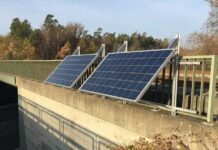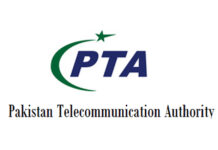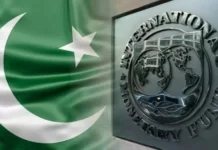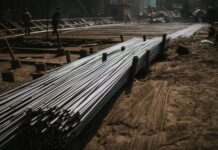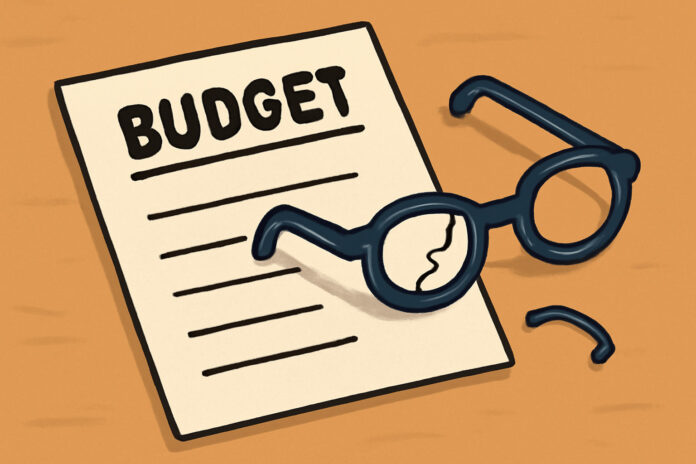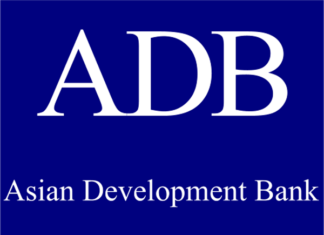The tradition of the annual budget speech is rapidly becoming meaningless. Every year, the finance minister delivers a barely audible speech while the opposition raises a ruckus, tearing up copies of the budget book and complaining about everything and nothing at once.
Of course, the noise would be a shame if the finance minister were actually saying something new. This is not to suggest that there isn’t any new information in the federal budget. For 2025-26, the total outlay stands at Rs 17.53 trillion, a nearly 7% decline from last year. This contraction is accompanied by efforts to control spending, with a reduction of 5.33%, bringing expenditures to Rs 16.28 trillion. For the first time in years, debt servicing as a percentage of expenditures has decreased by 16%, amounting to Rs 8.027 trillion, though it remains the government’s largest liability. Defence expenditure has seen a hefty 20.2% increase, with Rs 2.55 trillion allocated to defence. Despite the reduction in overall expenditure, the government continues its focus on increasing taxation by 9%, bringing it to Rs 14.131 trillion.
It is the same old story. The government remains stuck in its annual cycle of trying to increase revenue and decrease spending, without ever adopting the basic provisions required to achieve these goals. Constitutional restrictions prevent the government from taxing agricultural income. Additionally, there is a reluctance to tax underrepresented groups in the tax net, such as retailers. Instead, the focus continues to be on widening the tax net, rather than deepening it. Then, there is the issue of the NFC award, which forces the government to share nearly 60% of its revenue with the provinces. For instance, in 2024-25, the total taxes collected by the FBR amounted to about Rs 12 trillion, yet the budget deficit stood at Rs 8.5 trillion. To balance the budget, the FBR wouldn’t just have to raise an additional Rs 8,500 billion; it would actually need to raise Rs 14,500 billion, as 60% of the FBR revenue goes to the provinces. This means taxes totaling Rs 26,500 billion or 22.5% of GDP, which is significantly higher than the US federal government’s tax-to-GDP ratio of 16%, and more than our current tax collection.
On the expenditure side, the government continues to bury its head in the sand. Pensions, for instance, continue to grow unchecked. The government has long been aware that radical reform is needed in the pension scheme, but no concrete steps have been taken. Without such reforms, our pension bill will eventually surpass even defence spending. Has there been any plan to move pensioners onto an investment-based scheme? No. The only province to take action in this regard has been Khyber Pakhtunkhwa, but even they have been slow and inefficient in implementing the scheme.
Similarly, when it comes to debt repayment, the federal budget is dominated by interest payments, which now exceed defence expenditure by more than four times. This is the result of massive accumulated deficits and a reduction in low-cost external financing. Ten years ago, the deficit was financed through 40% external finance, 40% domestic banks, and 20% domestic non-banks. Last year, however, almost the entire deficit was financed by domestic banks, with external financing dropping to just 3%.
The solutions to these problems are straightforward. There needs to be accountability, transparency regarding asset ownership, and a crackdown on the real estate loophole, where wealth is hidden through under-recorded transaction prices. On the expenditure side, a focused effort is needed—whether through demonetization, expanding the scope of the FBR, or allowing provinces to collect more taxes—to widen the tax net. Unfortunately, the government seems uninterested in doing the hard work required to tackle these challenges.



